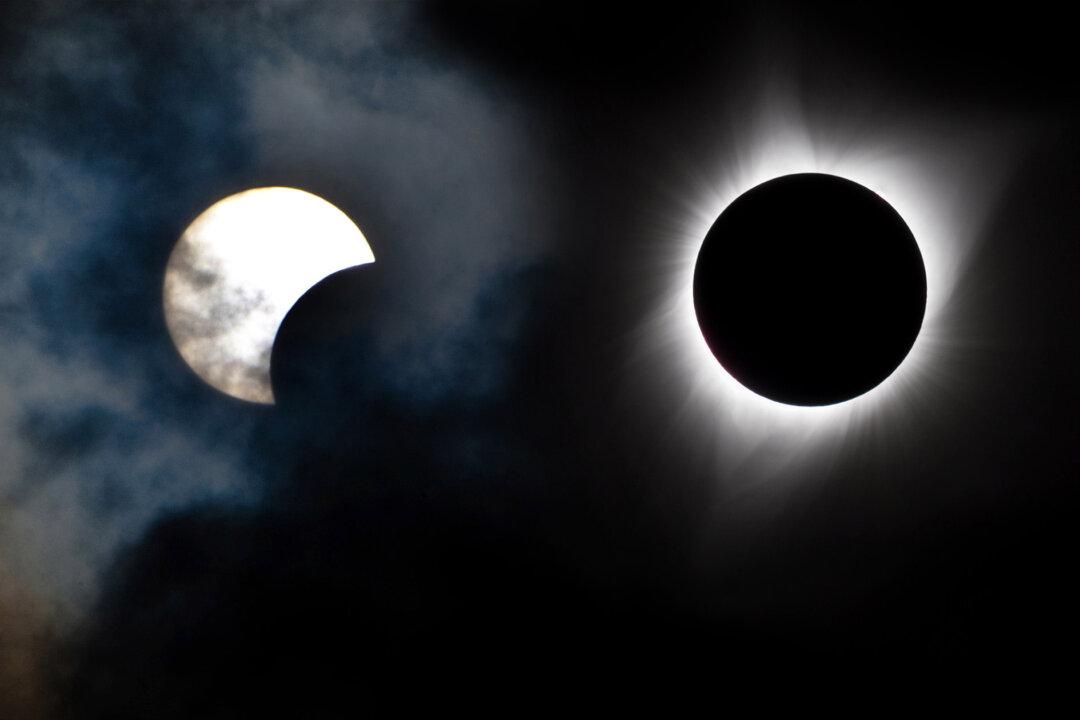The rarest form of solar eclipse is set to happen in just one day—what is known as a hybrid solar eclipse will begin on the evening of April 19 Eastern Time.
It will be visible only in certain parts of the world; those in North America won’t witness it in person, though there are opportunities to catch the ultra-rare eclipse on live stream.






